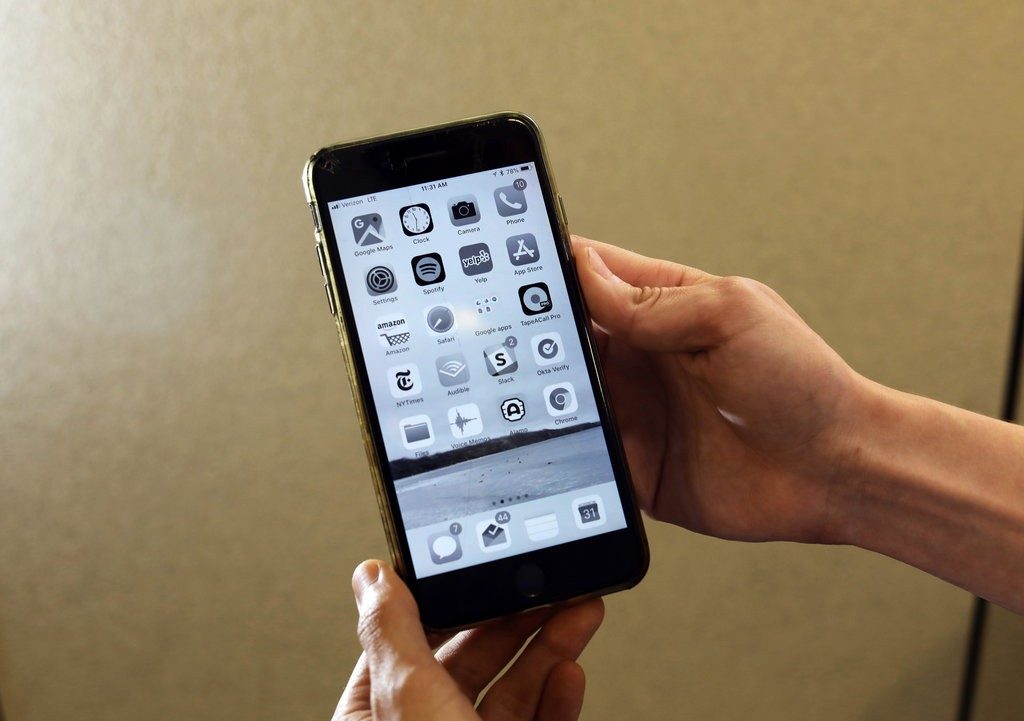Stop Snorting Your Smartphones

Did you realise there are many similarities between drugs and smartphones?
It is no surprise that surveys have shown half of the teenage smartphone users feel addicted to their phone, especially because immense pleasure can be obtained from its numerous functions.
And you can see smartphone addicts everywhere – on public transport, in workplaces, even when waiting at the traffic light. People have their eyes glued to their smartphones.
Did you know, that while most teenagers are clicking and swiping their phones, many employees from Silicon Valley technology companies are sending their children to schools free from smartphones, computers, and other gadgets and devices? These are the same people whose work rely heavily on technological products. Why would they do that?
It’s because smartphone addiction comes with plenty of negative effects.
Some key findings on modern device use include:
- Addiction: Youth addicted to devices, a sentiment reflected by majority of parents.
- Frequency: An incessant need to respond to notifications immediately or frequently
- Distraction: Not being present in the moment, and when with others
- Conflict: Disagreements between parent and youth on the use of devices
- Risky behaviour: Not paying attention when engaging in risk-laden activities

Photo credit: pexels.com
Indulging in smartphones can significantly harm a teenager’s performance in school. Not using them in classrooms showed improvement in grades. A study conducted with 130,000 students in Britain revealed that a strict smartphone bans in school increased students’ scores by 6.4% on average. Among these students, the under-performers’ scores improved by 14%.
Nevertheless, it is unrealistic to stop using mobile phones in school. There will always be emergency situations when students need to be contacted. Imagine how worried American parents would be, if they could not reach their children after unfortunate shooting incidents?
Since students still need a channel of communication in case emergencies happen, and smartphones are as addictive as drugs, some people may intuitively conclude that a flip phone or “dumb-phone” only good for calls and texts is the solution. But if you were a teenager, think about the awkwardness you would feel when taking out a flip phone in front of a group of friends using smartphones. Fortunately, a flip phone need not be the only solution.
Instead of grounding and scolding addicted teenagers, parents need to help them in “unplugging” and spending “phone breaks” meaningfully.
Another way to make smartphones less stimulating is to turn the screen to greyscale. I have tried that personally and found it to be greatly effective in breaking the addiction. As a New York Times Journalist puts it “It (Setting screen to greyscale) gives me a sense of control over something I felt had too much power, and that is a small daily satisfaction.”. All in all, creating real-world connections is essential to breaking addictions.

Photo credit: The New York Times
“An over-indulgence of anything, even something as pure as water, can intoxicate,” says the poet Criss Jami.
Smartphones are similar to drugs, and their addiction is likewise breakable. I call out to all youth to realise how our online time has taken over our lives, such that we fail to appreciate the things offline. Try setting your smartphones to greyscale from today; reduce the time you spend on smartphones bit by bit.
You will likely discover so much more time to spare. Why not use the time to do something more meaningful?
Written by Hai Oufan, 17
Raffles Institution JC1
Heartware Network Media Volunteer
